node_title | node_title
Joining Janelia
node_body | node_body
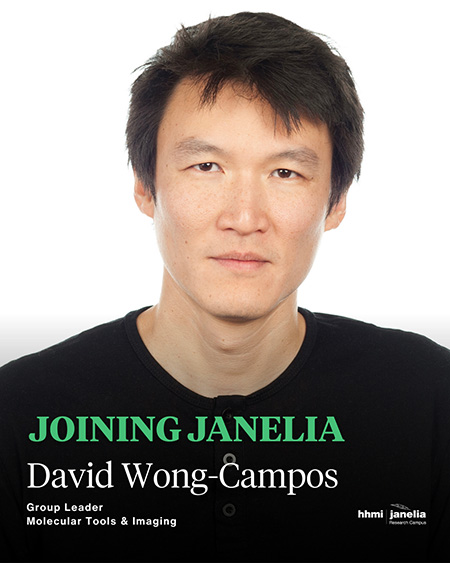
New Tools for Neurobiology
David Wong-Campos develops new tools for biology and uses them to understand how neurons perform computations in the brain. Wong-Campos and his team draw from a variety of scientific disciplines to build tools to help them understand how single neurons process information, a building block to understanding how networks of neurons and, ultimately, the brain performs computations. Beyond neuroscience, Wong-Campos also works to make the tools he develops applicable to a wide range of biological questions. By working at the interface of tool development and biology, the team hopes to build better tools for science.
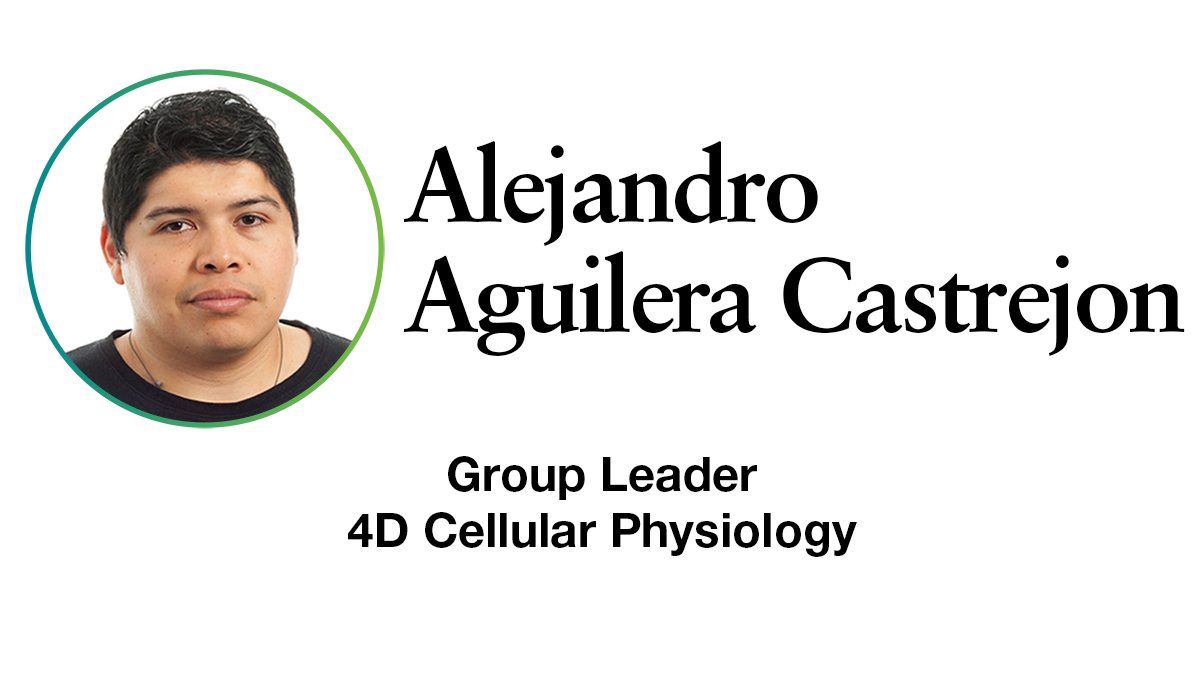 Alejandro Aguilera Castrejon
Alejandro Aguilera CastrejonWe are interested in reconstituting mammalian development by devising ex utero culture systems for natural embryos and stem-cell derived embryo models.
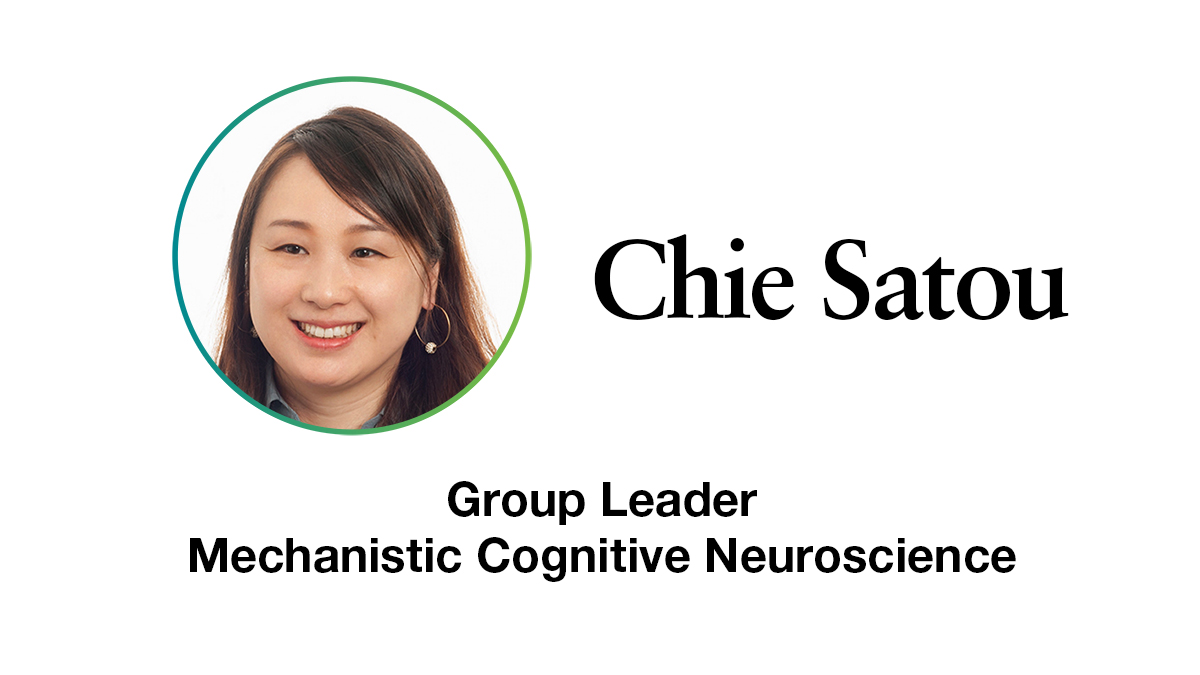 Chie Satou
Chie SatouWe are exploring the cognitive repertoire of adult Danionella fish to understand distributed circuits underlying naturalistic behavior.
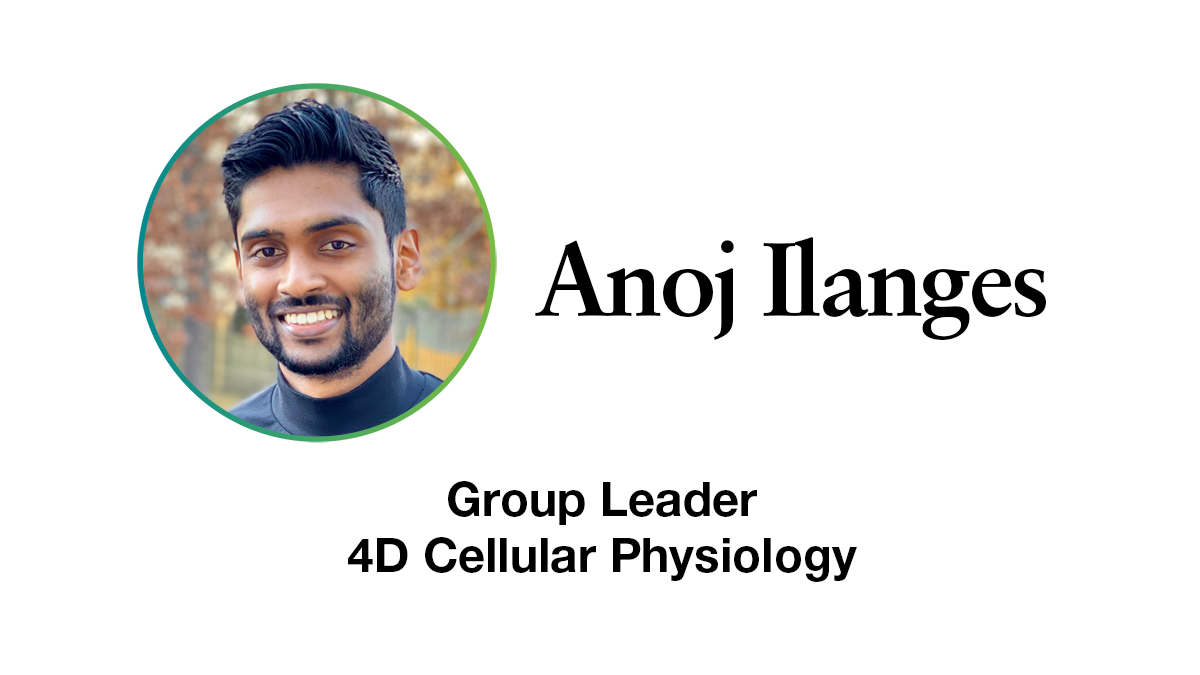 Anoj Ilanges
Anoj IlangesWe use a combination of molecular, cellular, and systems level tools to study how the nervous system contributes to these processes.
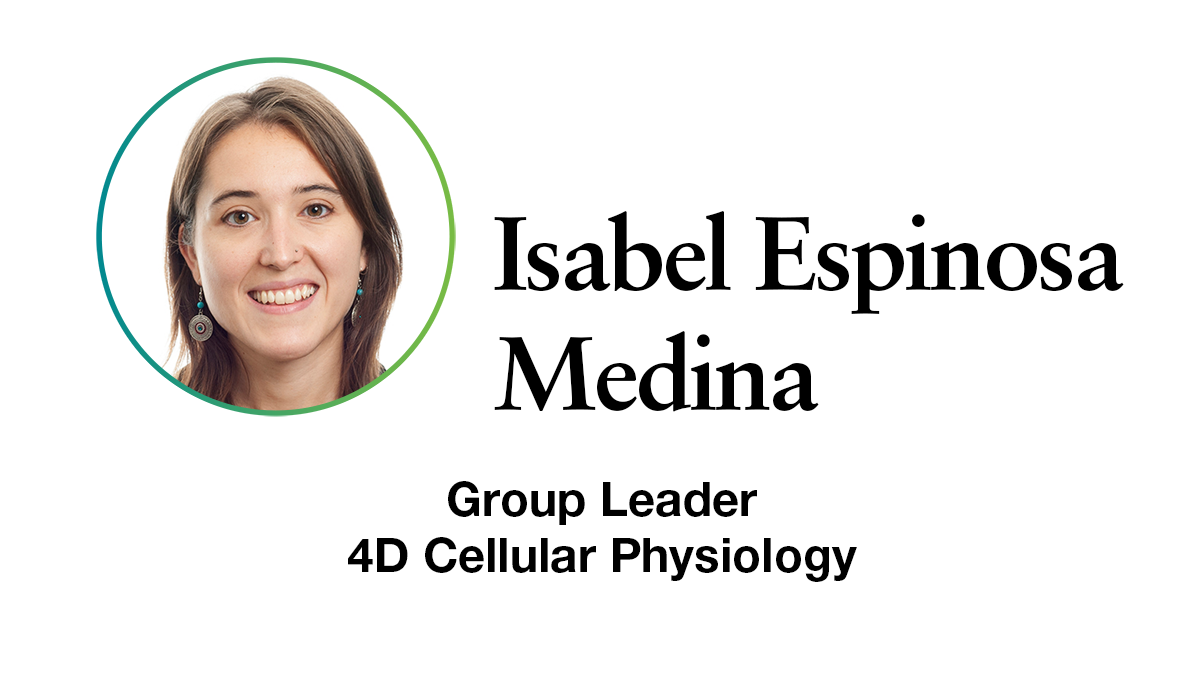 Isabel Espinosa Medina
Isabel Espinosa MedinaOur goal is to understand how the nervous system and the cells of organs, specifically the pancreas, interact during development and in disease states. We use state-of-the-art imaging and genetic tools for temporal manipulation of cells in zebrafish and mouse.
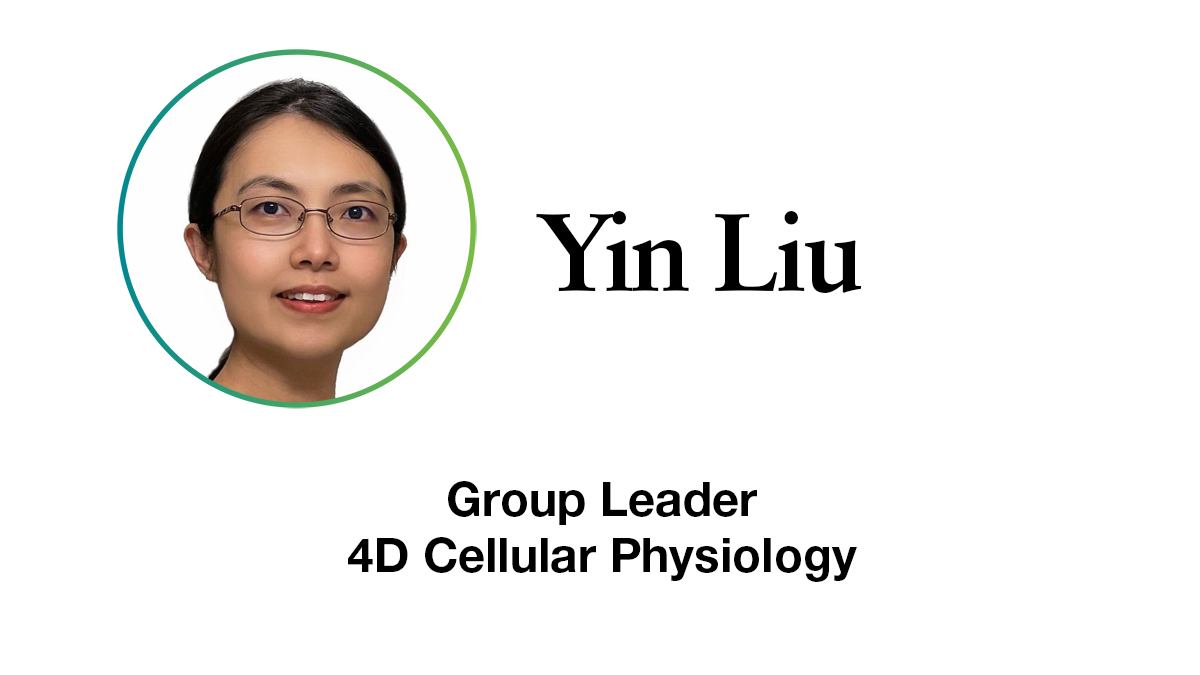 Yin Liu
Yin LiuWe study the cellular mechanisms and neural circuits that underlie body-brain interactions, with a focus on the respiratory system.
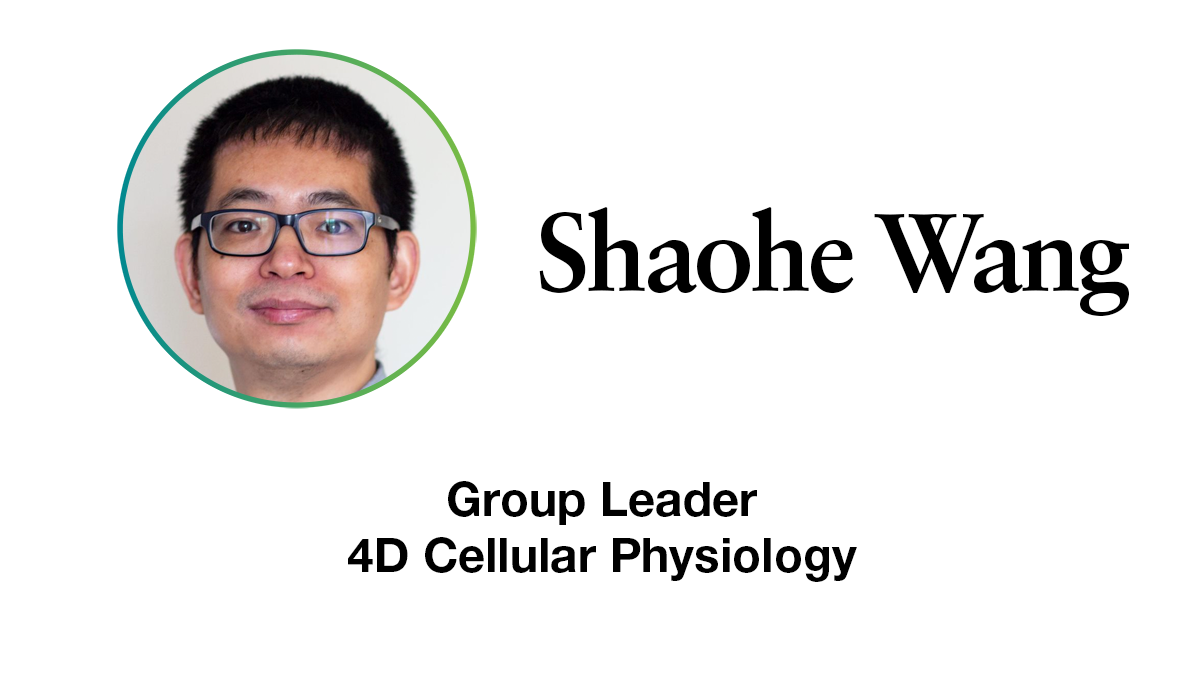 Shaohe Wang
Shaohe WangWe combine embryonic and reconstitution approaches to investigate how mammalian organs are built by cells and extracellular matrices.
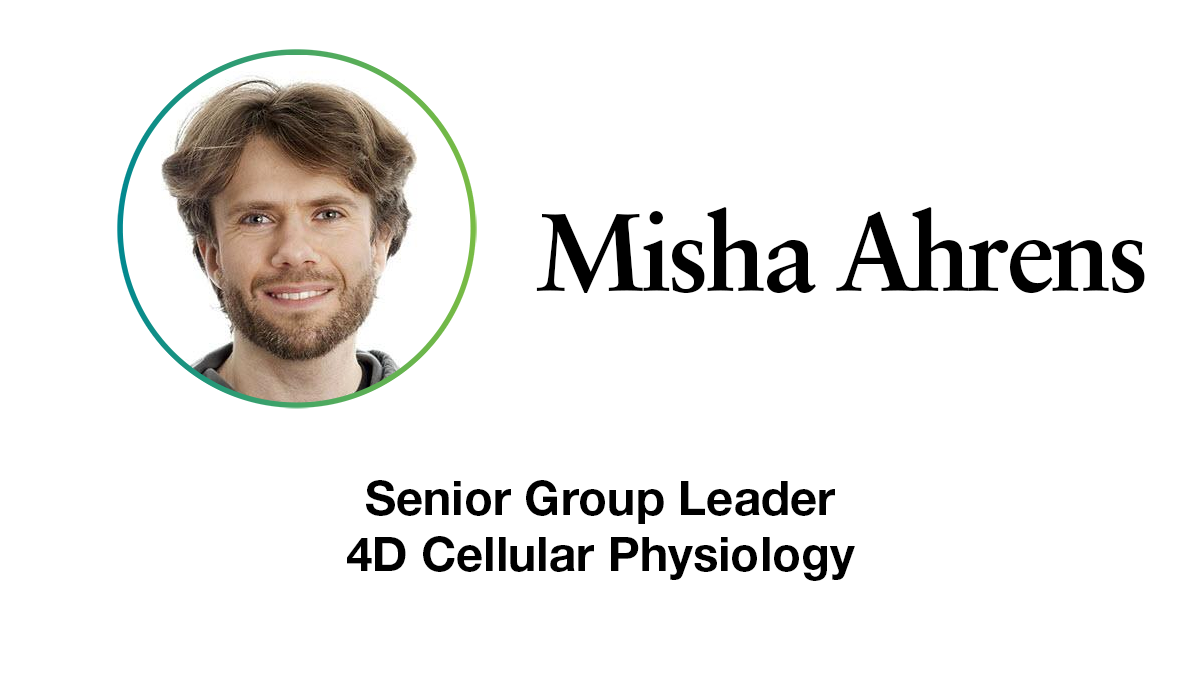 Misha Ahrens
Misha AhrensWe use modern microscopy methods, computational approaches, and the study of behavior, genes and anatomy to investigate mechanisms underlying behavioral flexibility, memory, and learning. We study how both neurons and glial cells underlie these processes, which are relevant for species from fish to humans.
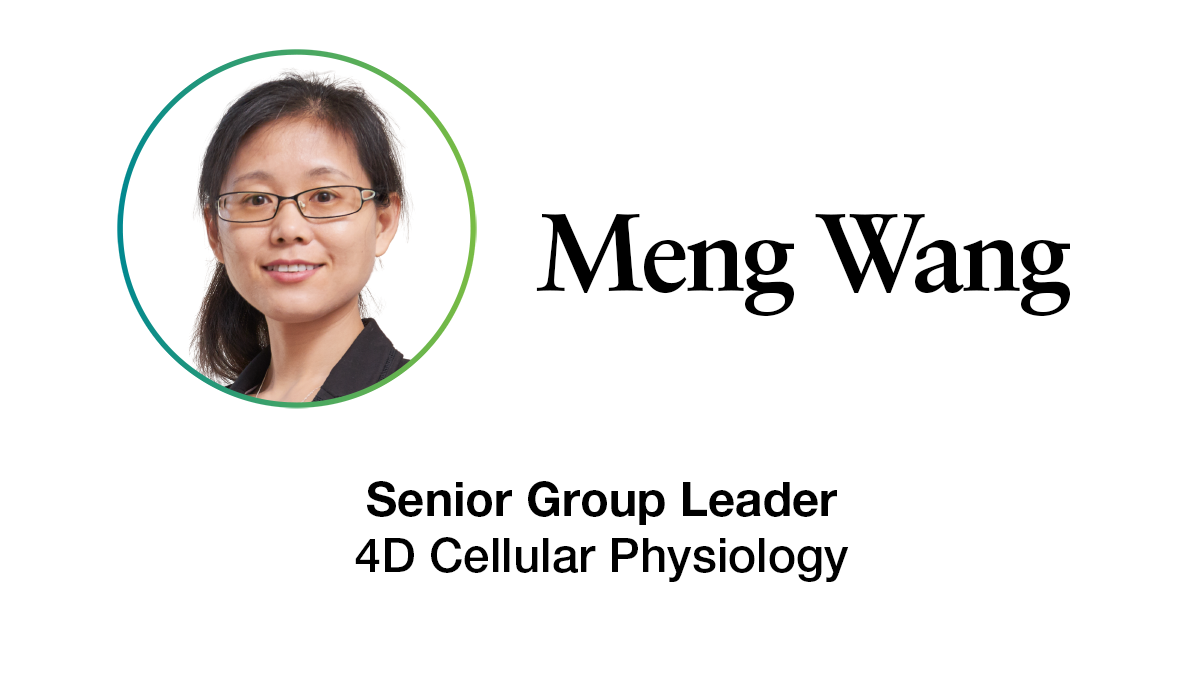 Meng Wang
Meng WangHow are cellular structures and functions coupled, how do they exhibit heterogeneity across the scale in live organisms, and how do they undergo changes with time as an organism grow old? We want to study these questions using multidisciplinary approaches.
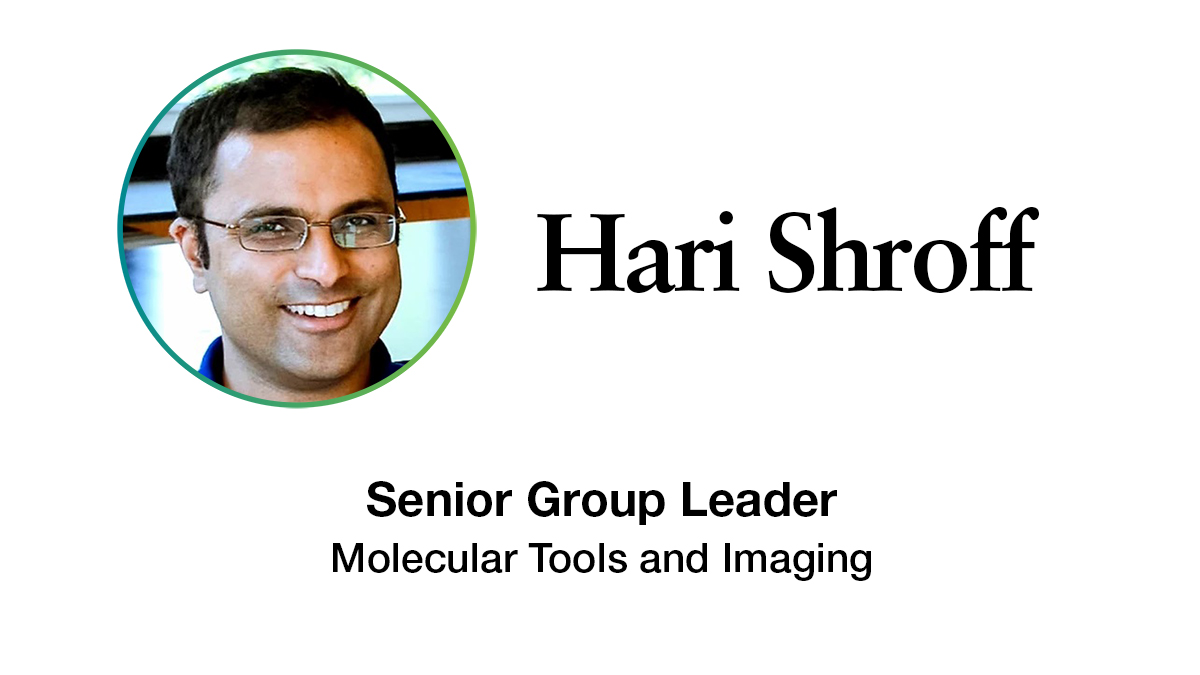 Hari Shroff
Hari ShroffWe invent optical and computational tools to improve fluorescence microscopy. We are passionate about applying our tools to problems of outstanding biological significance.
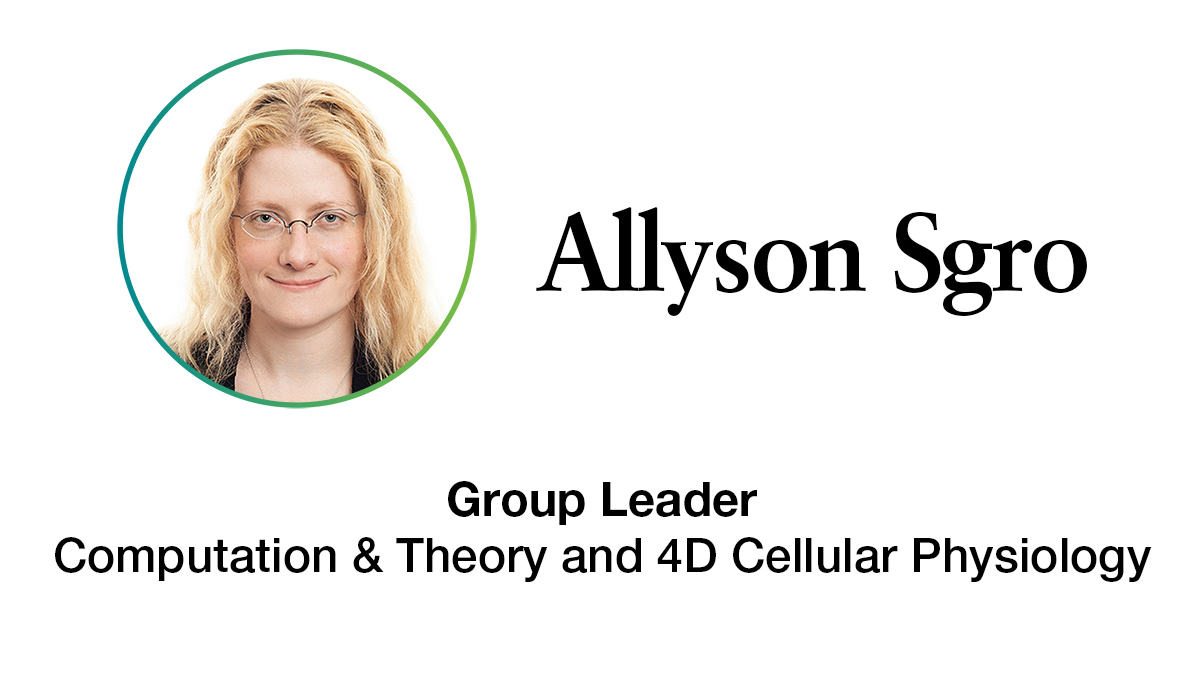 Allyson Sgro
Allyson SgroWe take a joint theory-experiment approach to understanding how groups of cells integrate information about their environment and each other to work together.
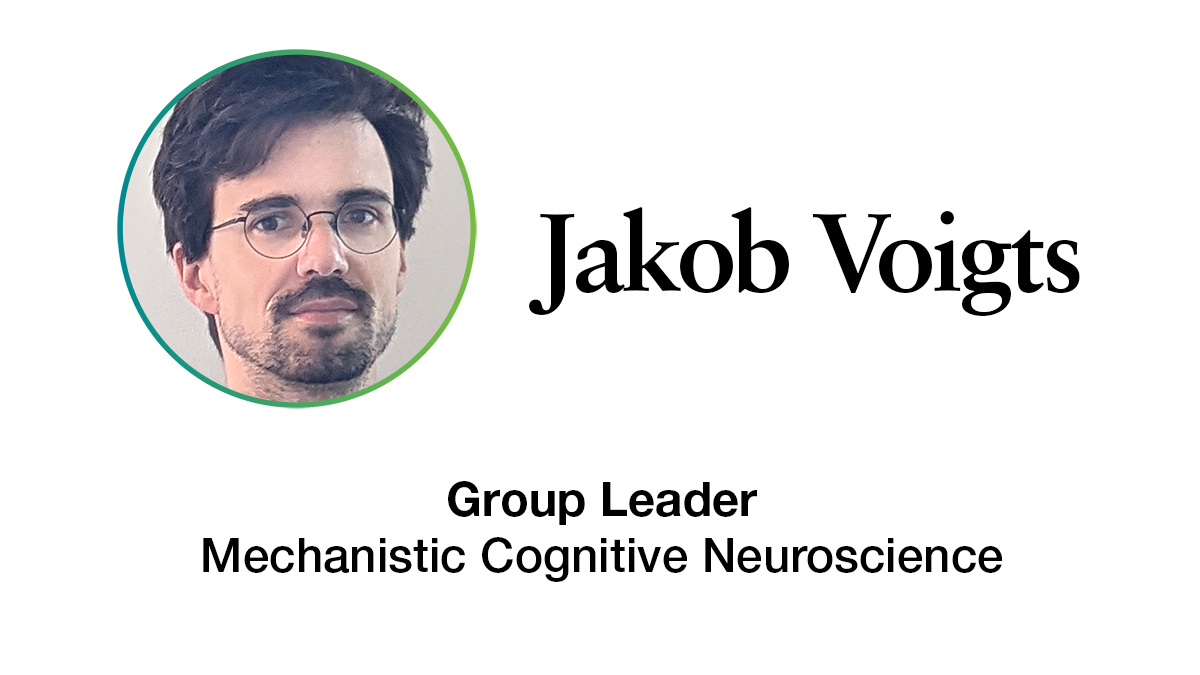 Jakob Voigts
Jakob VoigtsHow does the brain build models of the world that allow animals to flexibly react to events that haven't occurred before? To answer this question, we look at the complex computations that occur when rodents engage in naturalistic behaviors.
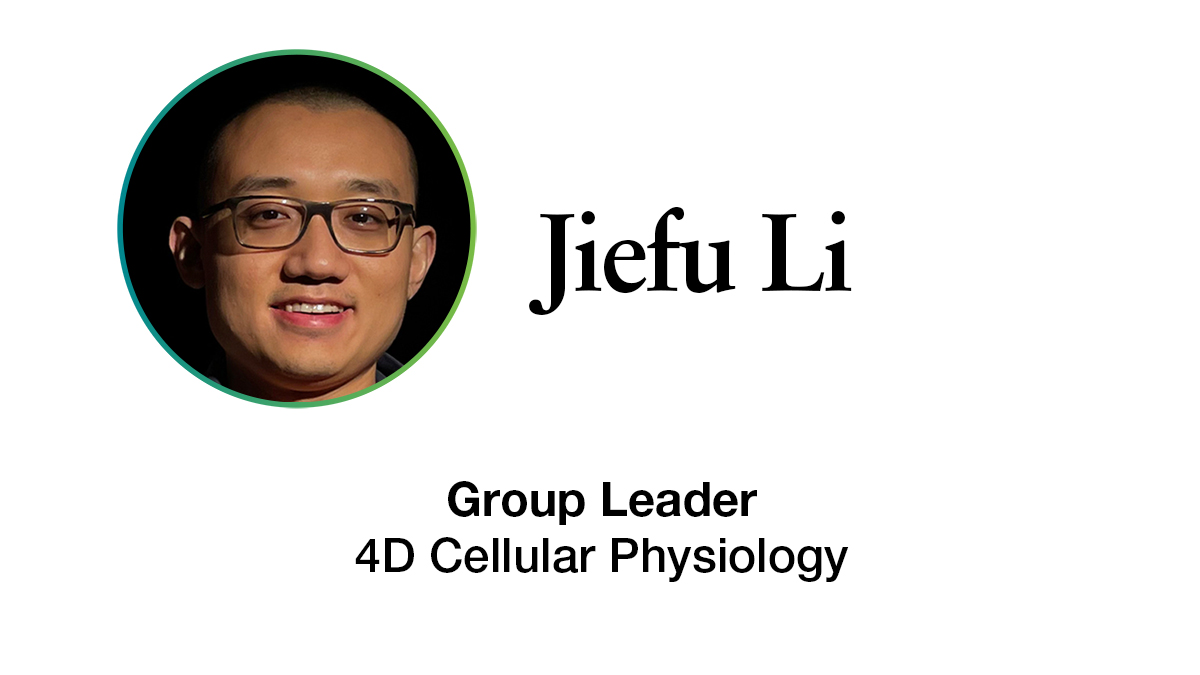 Jiefu Li
Jiefu LiWe study the operating principles of cell-surface signaling in two "sense-n’-response" systems: the nervous and immune systems.
